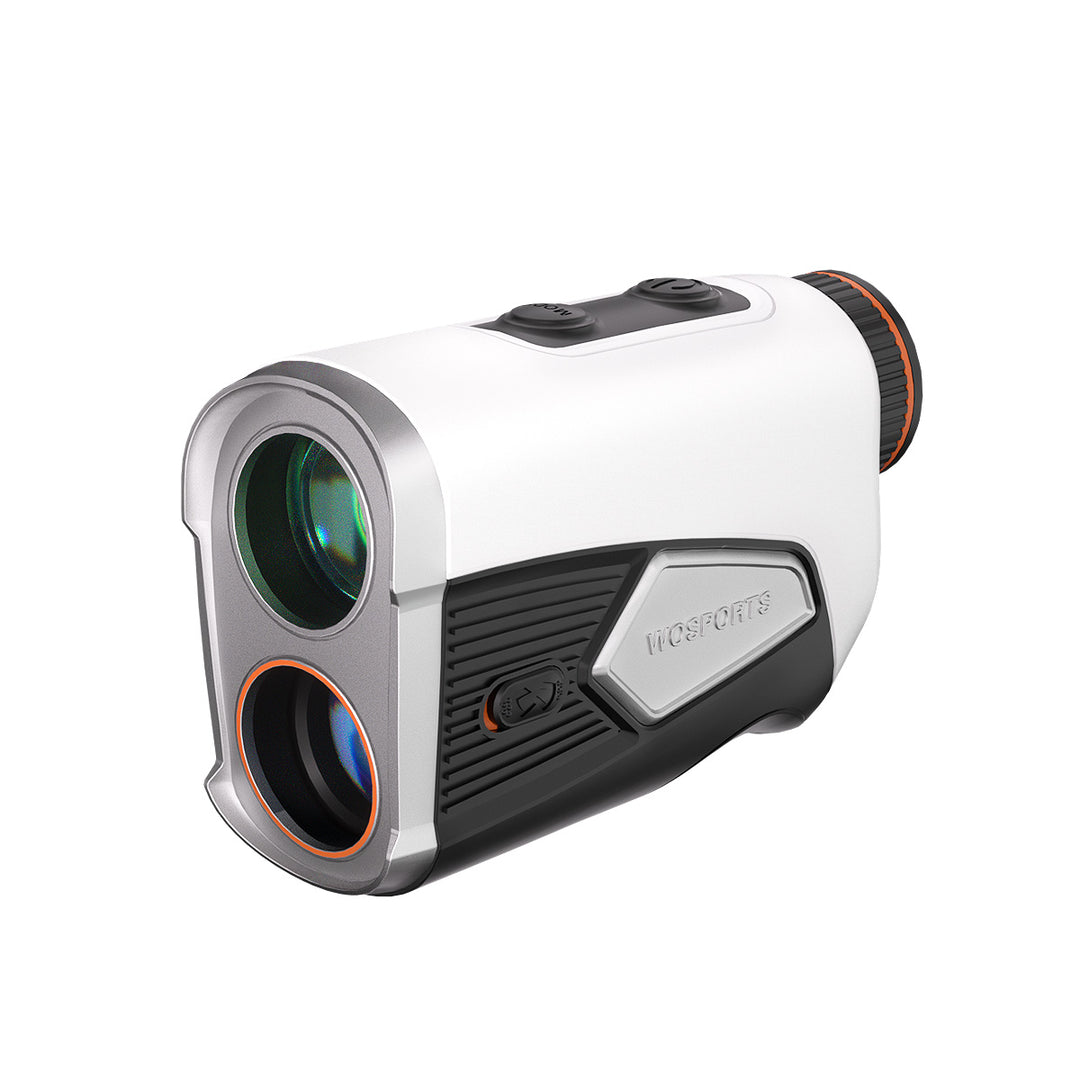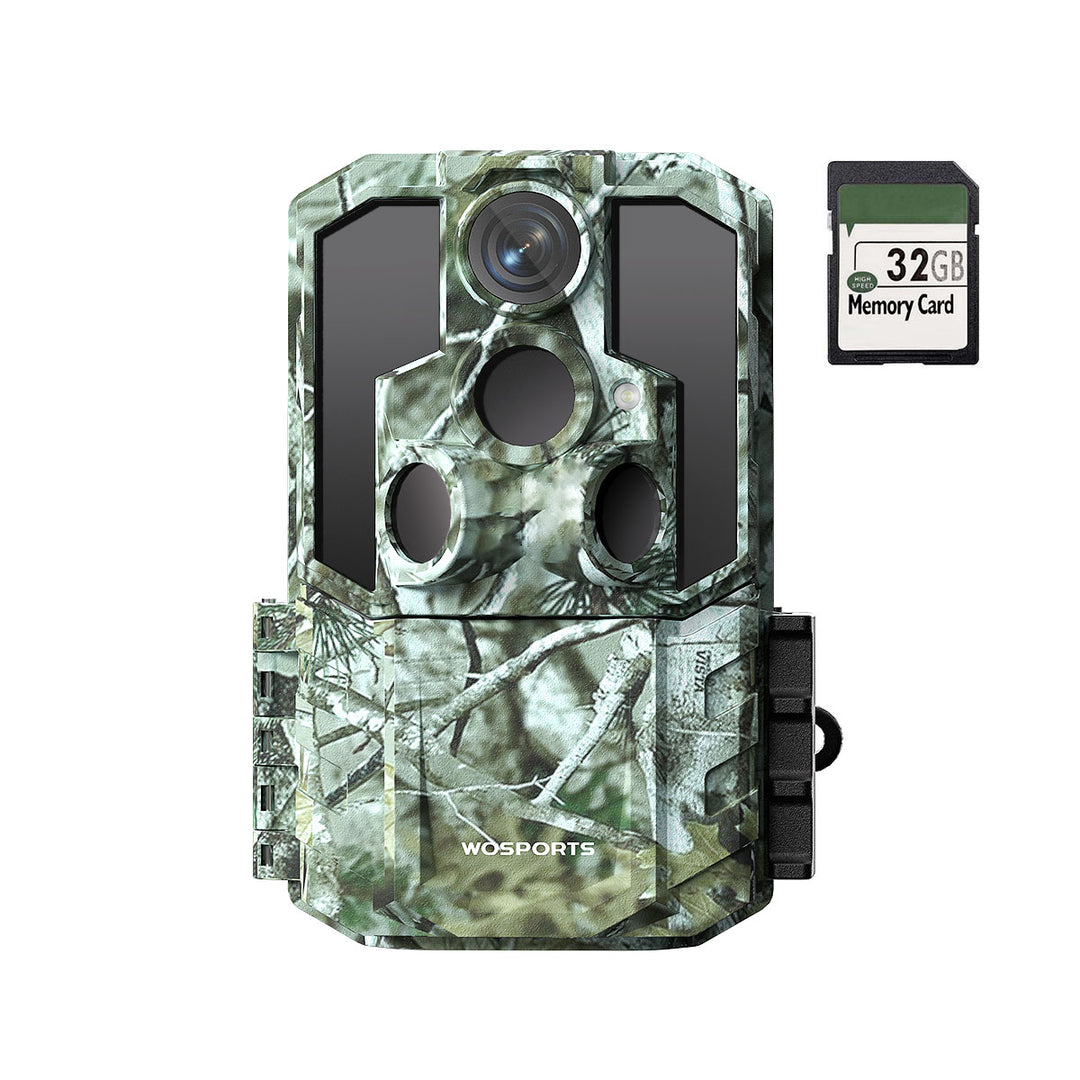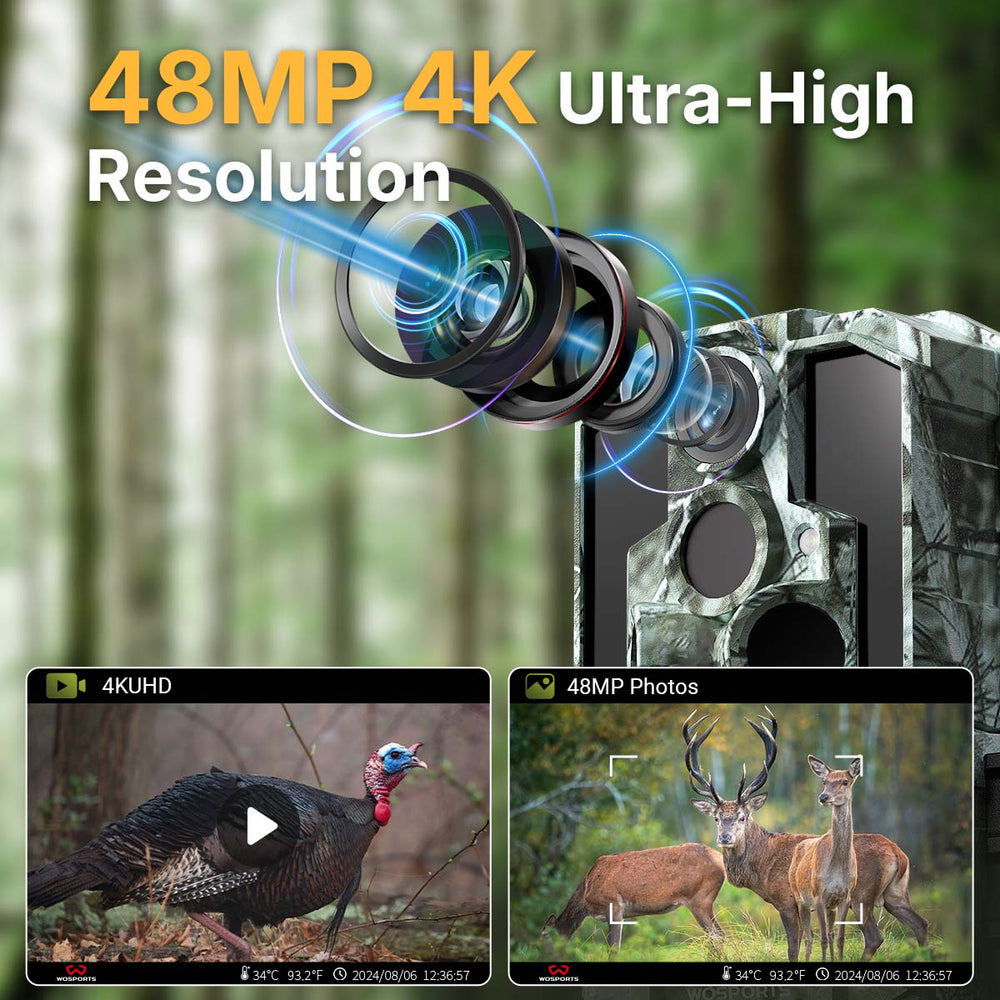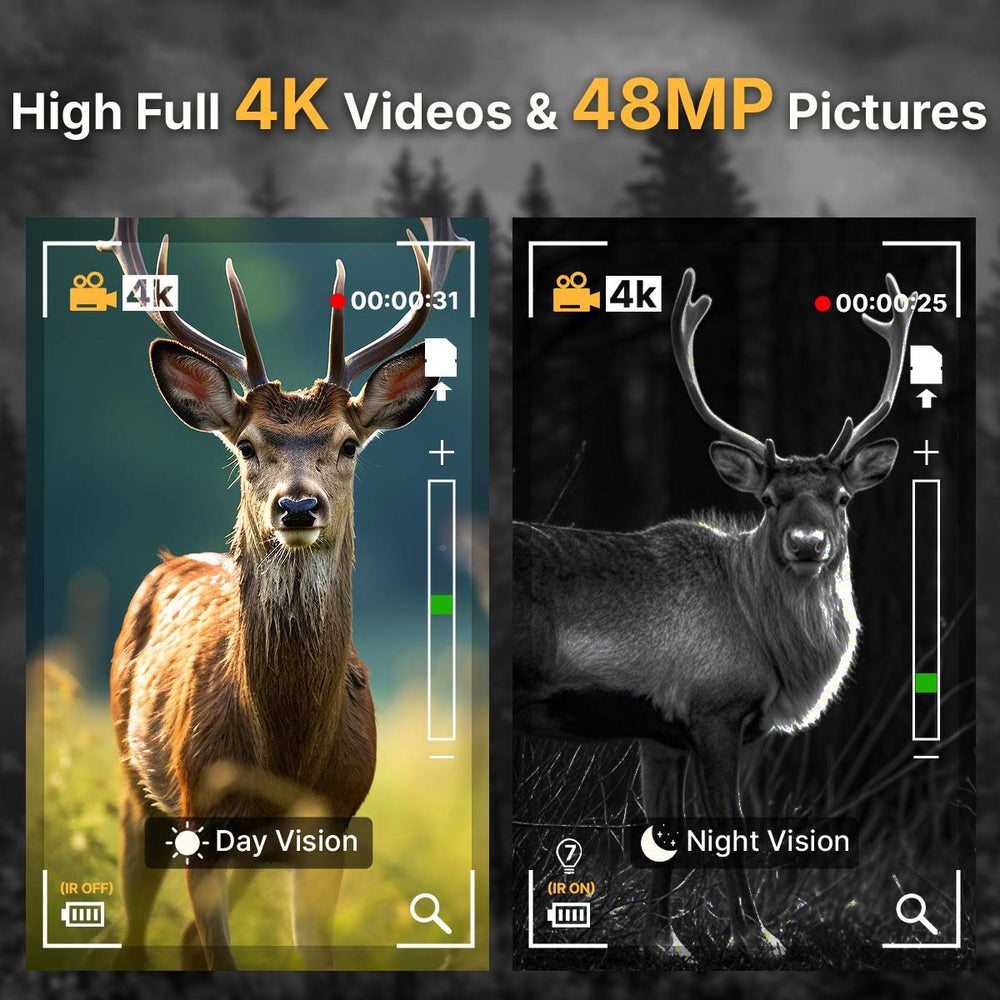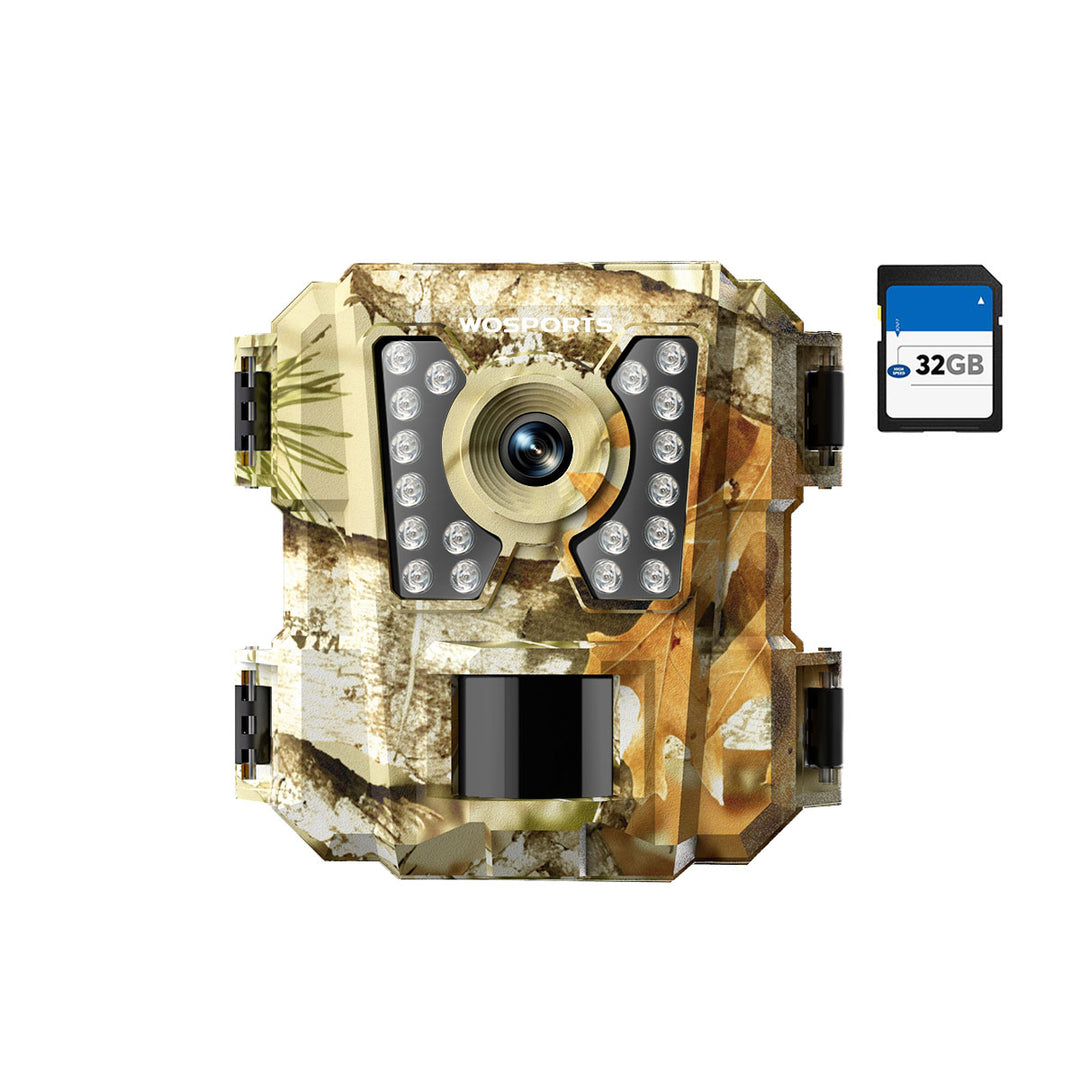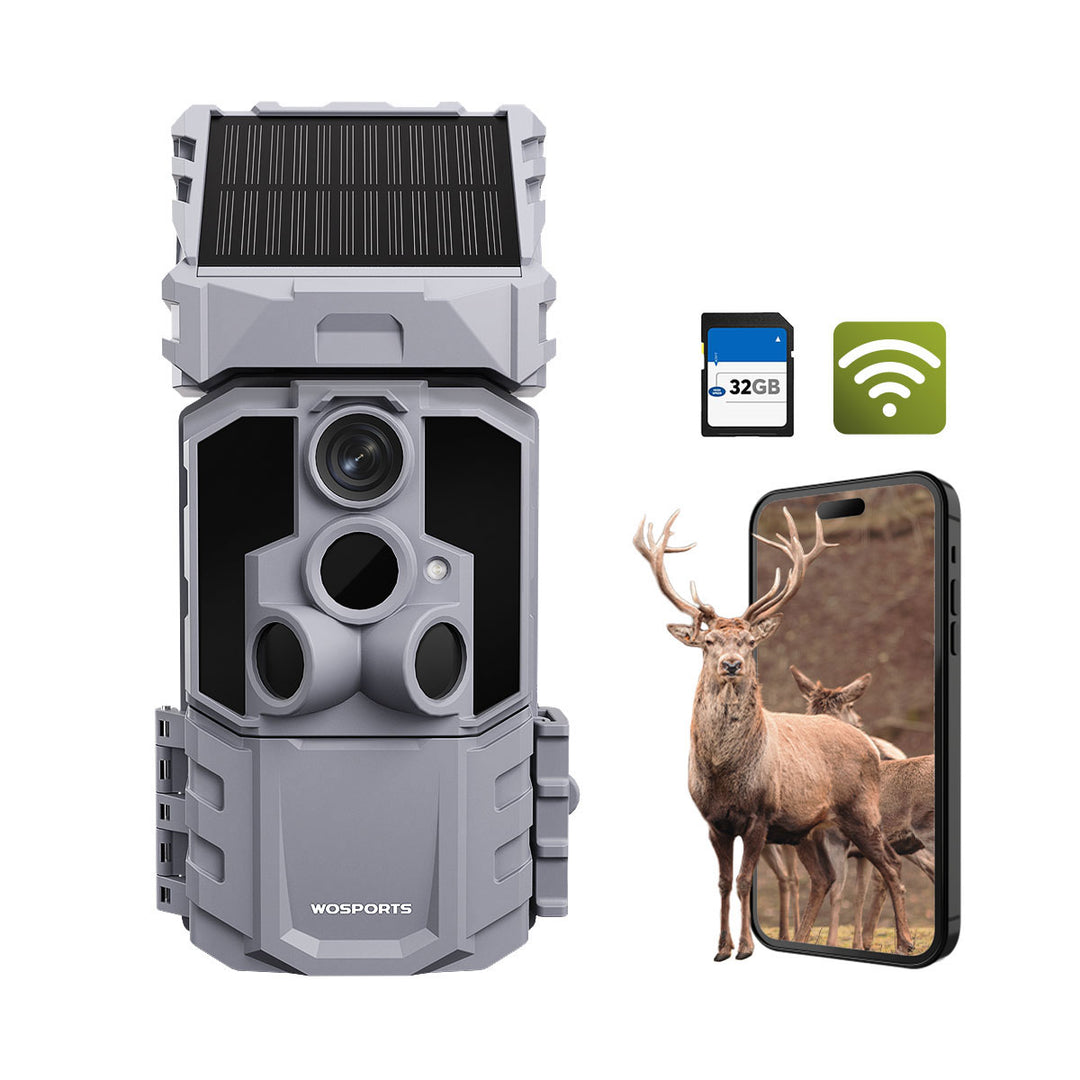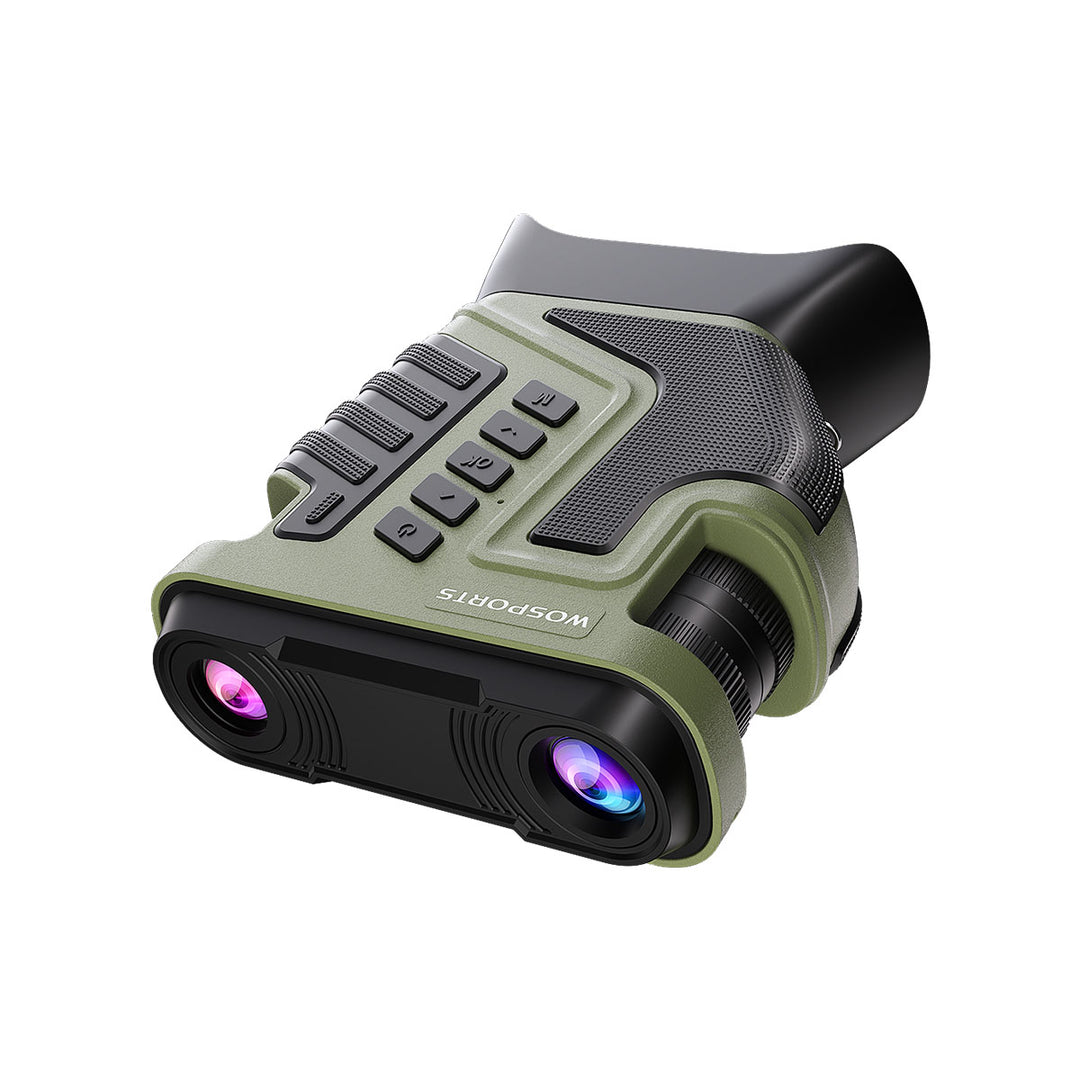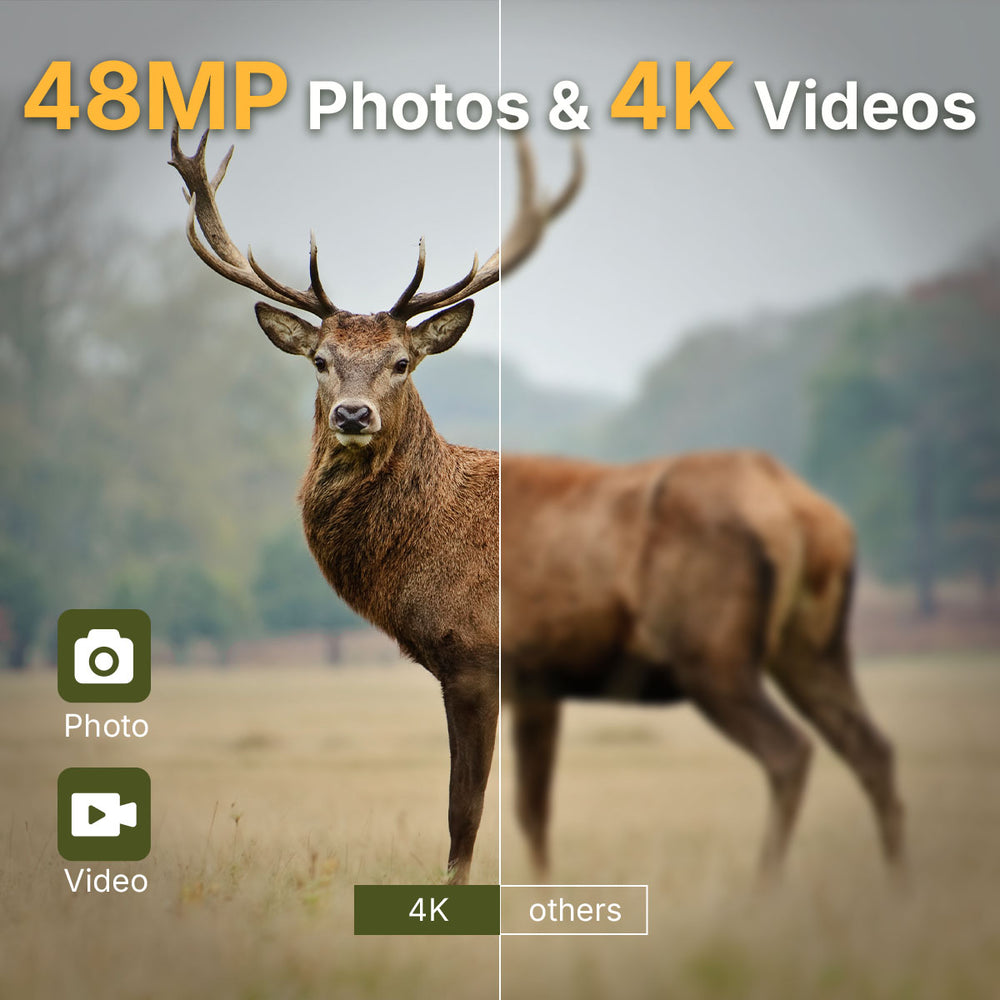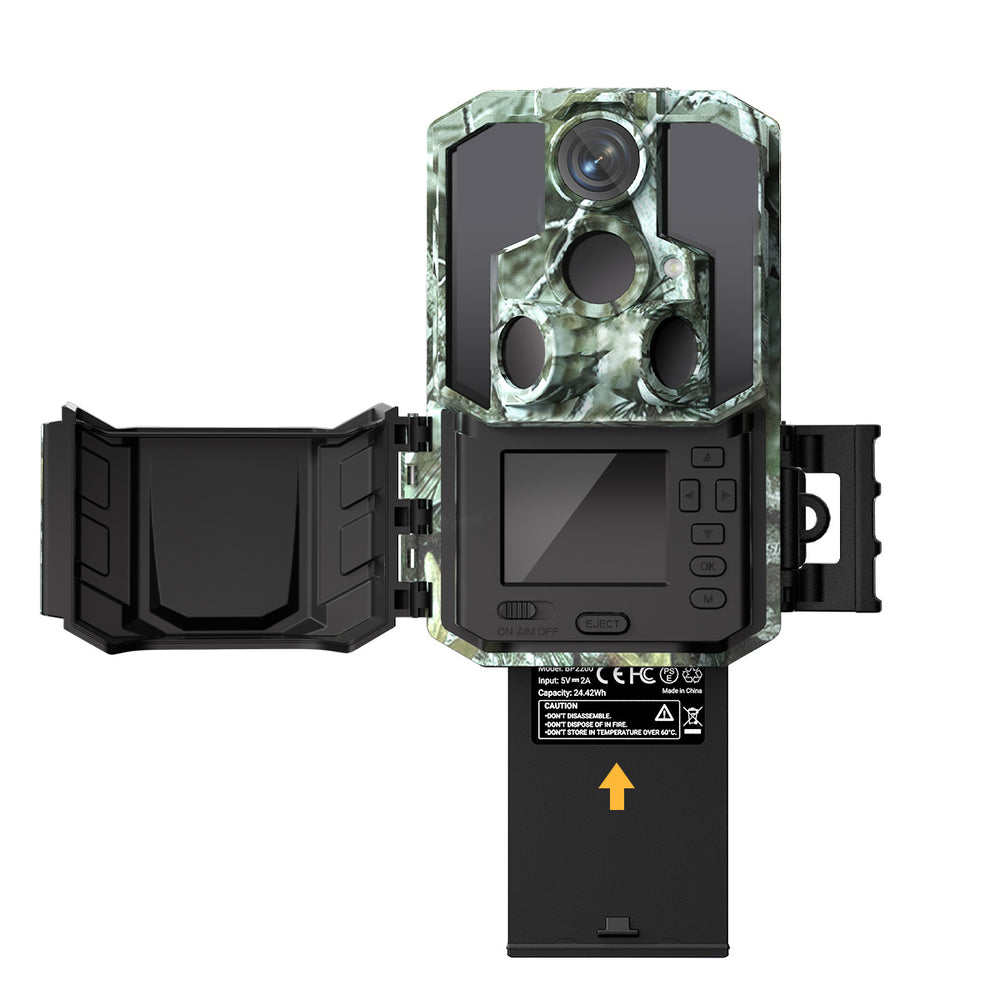How to Hide a Trail Camera for Home Security?
In recent years, more and more homeowners have started using these cameras around their property. Not for wildlife, but for home security. And if you’re going to use one, the key to success isn’t just where you put it — it’s how well you hide it.
Key Principles of Concealed Home Security Cameras
Keep these core principles top of mind before you hide anything:
Do not block the lens or PIR sensor.
Any cover or camouflage must leave a clear optical path.
Preserve ventilation and waterproofing.
Over-insulating or wrapping can cause overheating or moisture buildup.
Maintain access for maintenance.
Hidden does not mean inaccessible — batteries and SD cards must be serviceable.
Respect privacy laws and neighborly boundaries.
Never point a camera at interior windows or private spaces where people expect privacy.
Blend concealment with anti-theft measures.
Hidden but insecure = easy to steal once discovered. Combine camouflage with locks and mounts.
Best Places to Hide a Trail Camera Around Your Home
Here are some spots that hide your camera well but still get you good security footage:
Want to keep an eye on things around your property? A trail camera can be a great help, but only if it's hidden well. You want good video, but you don't want it stolen or messed with. Here are a few spots where you might get away with it:
Up High Under the Eaves
That area under your roof where it hangs over the wall is usually a good spot. It's out of reach, and you can usually get a pretty good view of your doors or driveway. Just make sure to angle the camera down a bit. You don't want to stare straight into the sky.
Tucked Behind Gutters or Boards
See if you can squeeze the camera behind a gutter or the trim boards. You'll need a mount that doesn't stick out too far, and you might have to be careful about how much the camera can see. Cut out a small space so that the field of view is not obscured.
Inside Fake Stuff
Get creative with it. Hollow out a fake birdhouse or some other decoration and stick the camera inside. Keep the lens is clear, so you can still see what's going on. The more natural it looks, the better.
On Fences or Gate Posts
The side of a fence post is a good place to strap on a trail camera with a wide enough field of view. Plus, you can run the camera along the fence line or towards the gate, depending on what you want to watch. If it is easy to see, grab some camo tape or spray the camera to match the fence, so it blends a bit easier.
In the Garden
You can hide the camera in a planter, but you must be careful how you do this. You don't want to get it wet or have plants blocking the view, and don't want someone to steal it. Sometimes, this is a good spot for seeing who is dropping off packages at your door.
Under the Shed Roof
If you have a shed, the overhang is a solid spot to point a camera toward backyard entrances.
Behind Signs or Mailboxes
Hide it behind your house number sign or mailbox. As long as it's hidden from plain sight, but can still see them coming up the driveway, you have nailed it.
Remember, no matter where you put it, check the view, so you have what you want to monitor.
Trail Camera Deployment Guide>>
How to Hide a Trail Camera to Protect Your Home
1. Watch and Learn: First, check out the area you’re trying to keep an eye on. See where people usually walk to get to doors, windows, or sheds. Note what you can see easily and what blocks your view.
2. Get the Right Gear: Get a mini wildlife camera that can see far enough and works well at night.

3. Find a Good Spot: Look at the Best Places list and pick somewhere that lets you see what you want while staying hidden.
4. Test It Out: Before hiding it, set up the camera to check if it spots things from different distances and angles, both when it’s light and dark. This helps you see if the camera is working and points in the right direction.
5. Get Ready to Record: Put in new batteries and an empty SD card. Set it to record only when it senses movement and to record short clips.
6. Protect It from Thieves: Use a steel cable or a small metal box with a lock to keep someone from stealing the camera. Put the cable high up where it’s hard to reach.
How to Prevent Trail Camera Theft in the Wild>>
7. Hide It Well: Put some natural or fake camouflage around the camera, but don’t cover the lens or any openings. Use stuff that you can take off when you need to check the camera.
8. Test Again: After hiding the camera, test it again during the day and night. Walk around a few times and look at the video to make sure it’s clear and catches everything you want it to. Change the angle or how sensitive it is if you need to.
9. Remember Where It Is: Write down where you put the camera on a map or in an app. Mark it secretly so you can find it later.
10. Check on It Regularly: Look at the camera every few weeks (less if it uses solar power or is plugged in). Check for water damage, clean the lens, change the batteries, and save the videos.

FAQ
Q: Is it legal to hide a trail camera on my own property?
A: Generally yes, if it records only your property and not private areas of others. Laws vary—confirm with local regulations.
Q: Will camouflage reduce image quality?
A: Only if it blocks the lens or IR window. Use non-reflective, non-adhesive materials and always test after camouflaging.
Q: How often should I check a hidden camera?
A: Every 2–4 weeks is common for battery-powered units; more often if you need real-time data.
Search
Popular Posts
Recent Posts

Nov 28, 2024
Troubleshooting Common Trail Camera Issues
Jan 10, 2025
Why Does My Trail Camera Stop Working at Night?

































